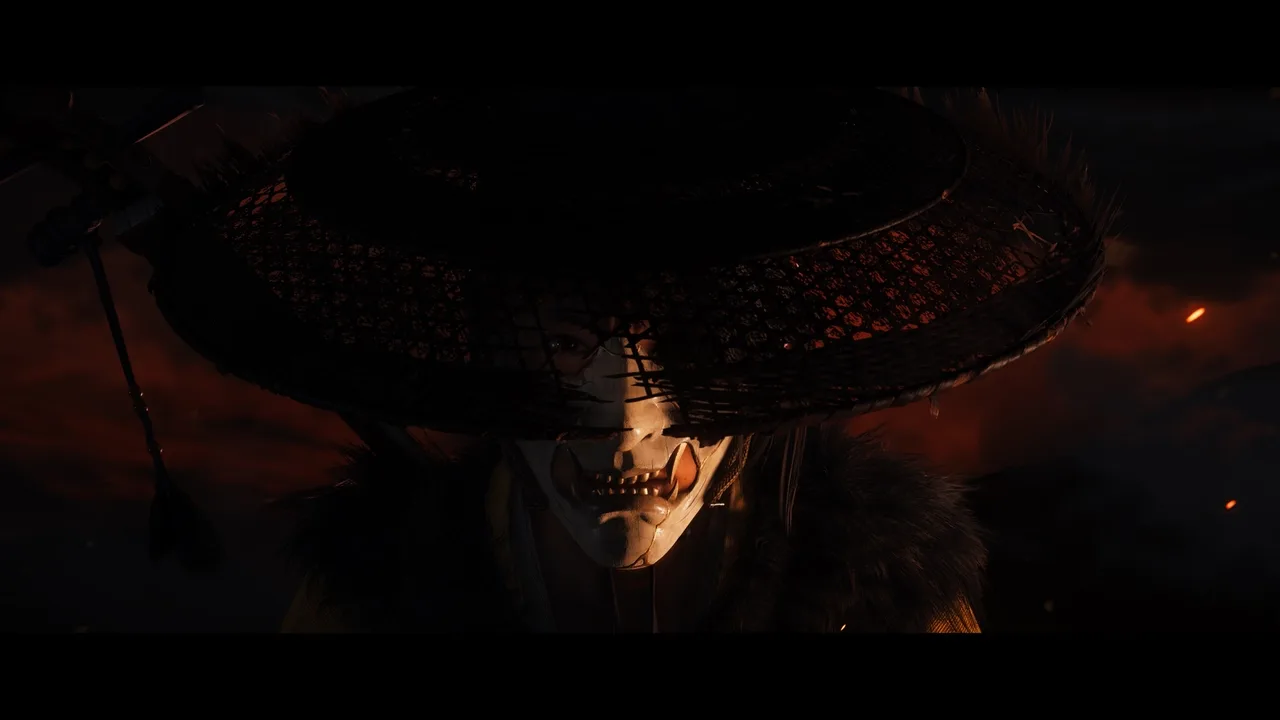
Ghost of Yōtei’s Big Moment:
What Today's State of Play Means for PlayStation's Samurai Future
Sony’s betting a lot on this sequel (and for everyone sake, let’s hope they are right)
July 10, 2025. PlayStation’s about to show us whether Ghost of Yōtei can live up to the elevated expectations set by its predecessor.
Today’s State of Play isn’t just a marketing showcase. Sony’s putting probably their most ambitious sequel on trial.
The Tsushima Problem Nobody Talks About
Ghost of Tsushima sold 13 million copies worldwide. Not bad for Sucker Punch’s first swing at historical fiction.
But let’s be real about what happened. Tsushima worked despite being a gorgeous Ubisoft formula clone. The combat felt incredible, that Kurosawa mode was pure fire, but good lord the busy work. I still have PTSD from following foxes to shrines for the hundredth time.
Yōtei has to solve that equation. Keep the magic, ditch the tedium.
And based on what we know so far (and after today), they might actually pull it off.
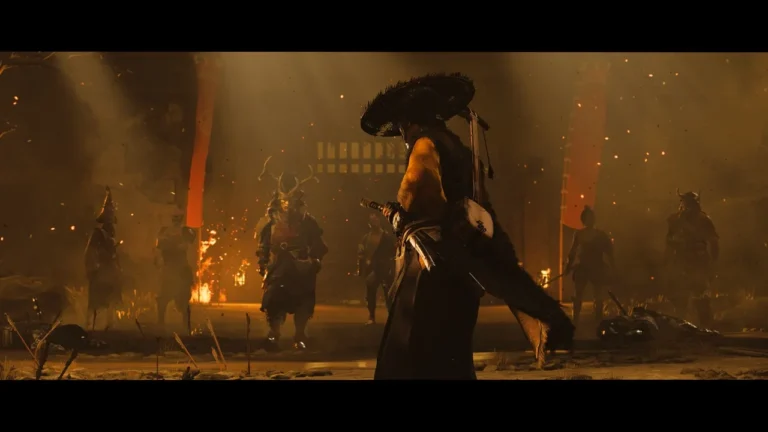
Meet Atsu: Revenge Story Done Right
The biggest change isn’t the setting. It’s Atsu herself.
Jin Sakai was the reluctant hero, torn between honor and necessity. Atsu’s something darker. A haunted ronin whose family was murdered by the Yōtei Six when she was young, left pinned to a burning tree with the very katana she now wields. Sixteen years of simmering revenge.
Erika Ishii voices Atsu in English. If you know her work, you know she brings depth to characters that could easily fall into stereotype. Making Atsu an “onryō” (vengeful spirit from Japanese folklore) is a fundamental shift in what story they’re telling.
The internet drama about having a female protagonist? Complete noise. Female warriors (onna-musha) were real in Japanese history. Atsu represents something Jin never could: someone truly outside the system, operating with nothing to lose.
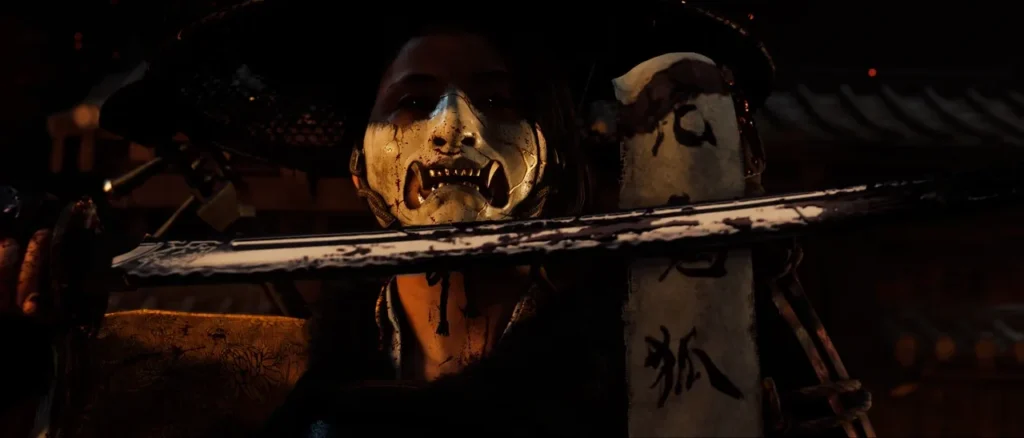
Hokkaido Changes Everything
Moving from Tsushima to Ezo (historical Hokkaido) in 1603 works for reasons that go beyond just “new scenery.” This is the edge of the Japanese empire during massive political upheaval. Displaced ronin, pirates, and outcasts getting pushed to the frontier by the new Tokugawa shogunate.
Perfect backdrop for chaos.
It’s also where the Ainu people lived. Sucker Punch knows they’re walking into sensitive territory here. They’ve brought in Ainu cultural advisors, visited the Nibutani Ainu Museum, and seem genuinely committed to respectful representation. Given how well they handled Japanese culture in the first game, I’m cautiously optimistic.
This setting justifies the expanded arsenal too. Atsu isn’t a traditional samurai bound by honor codes. She’s a mercenary who’ll use whatever works. Kusarigama, firearms, dual-wielding. Makes sense for someone who’s spent years learning to survive by any means necessary.
The Non-Linear Gamble
You can hunt the Yōtei Six in any order you choose. Sounds great in theory.
Narrative-driven games live or die on pacing and emotional escalation though. How do you craft a revenge story that hits the same emotional beats regardless of which villain you tackle first? I could be totally off base, but I think each member of the Six represents a different aspect of Atsu’s trauma. The order you choose shapes how her character develops.
Non-linear revenge arc? It’s basically Sekiro meets Kill Bill. But let’s not get ahead of ourselves, that’s why this State of Play is exciting.
If this system lands, my backlog’s doomed.
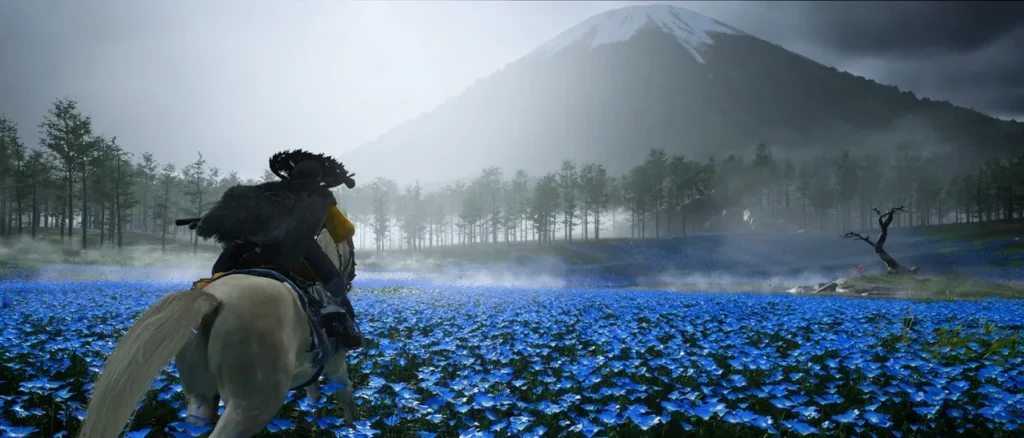
Stuff Sony Better Show
The 20-minute deep dive has to prove three things.
Combat Evolution: We need to see how the expanded weapon set actually changes moment-to-moment gameplay. Does dual-wielding feel meaningfully different from single katana combat? How do firearms integrate without breaking the flow?
World Design: Tsushima was gorgeous but often felt like a beautiful screensaver between objectives. How is Yōtei’s larger world more engaging? Those foraging mechanics and dynamic weather better serve actual gameplay purposes.
Narrative Structure: Show us how the non-linear approach works in practice. Give us a glimpse of how player choice affects story progression without destroying pacing.
Sony’s Big Bet
PlayStation’s entire strategy is on trial here. Can premium, narrative-driven exclusives compete in an industry increasingly dominated by live-service behemoths and open-world titans?
I still boot up Tsushima’s Legends mode between Helldivers drops. There’s something about that combat flow that keeps pulling me back. But will that be enough when everyone’s either grinding Fortnite or waiting for the next massive multiplayer thing?
Sony’s betting that quality still matters more than quantity. That players will choose a meticulously crafted 40-hour experience over an endless content treadmill.
Tsushima proved the appetite exists. Yōtei has to prove it can evolve.
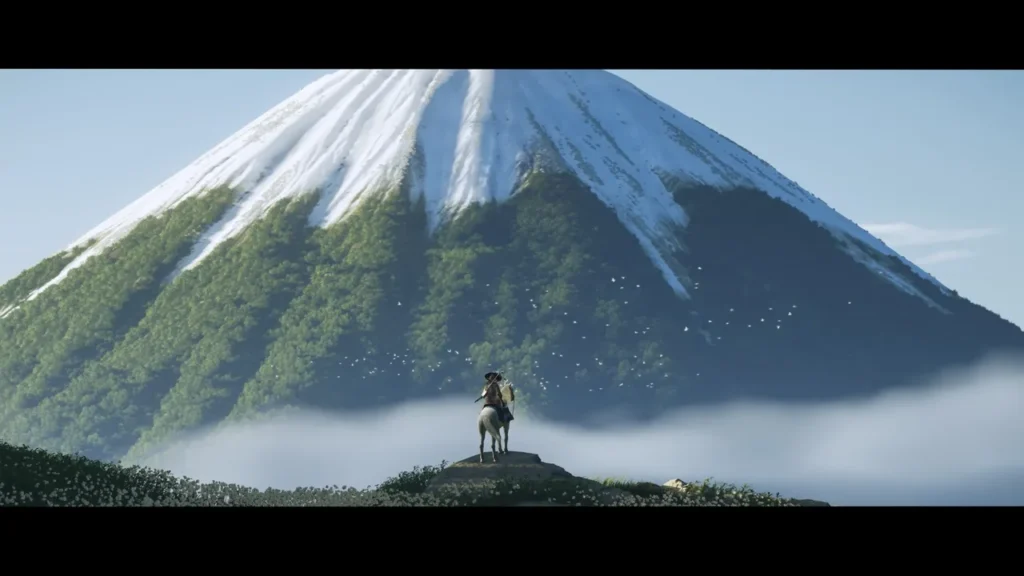
What We’re Actually Looking For
Today’s showcase will determine whether Ghost of Yōtei becomes 2025’s must-play exclusive or a beautiful disappointment.
I want to see innovation in the open-world structure. I want to see Atsu’s story justify the darker tone they’re promising. Most of all, I want to see a game that understands what made the original special while having the courage to be something new.
The foundation is solid. Sucker Punch knows how to craft atmosphere and combat. Whether they’ve learned the right lessons from their success remains to be seen.
The Ghost legend continues today. Meet you in the stream chat (bring popcorn and your hottest take).
Tsushima in Two Sentences: Jin Sakai fought Mongol invaders on Tsushima island in 1274, abandoning samurai honor for guerrilla “Ghost” tactics to save his home. Gorgeous visuals and satisfying combat made up for repetitive open-world activities across 13 million copies sold.
The Ghost of Yōtei State of Play streams today at 2:00 PM PT / 5:00 PM ET on PlayStation’s official channels.
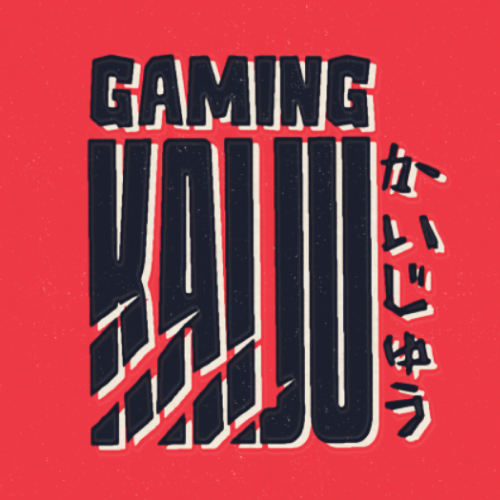

Julian Shavair
“The non-linear narrative structure analysis is excellent!
The Yōtei Six hunting system could be a masterclass in emergent storytelling if they nail the pacing. This reminds me of Ubisoft (for better or worse!).
Your point about Atsu being outside the traditional honor system is spot on – it justifies the expanded combat arsenal from both narrative and gameplay perspectives. The kusarigama/firearm integration could revolutionize the stealth-to-combat flow that made Tsushima so addictive.
Looking forward to seeing how the Ainu cultural representation is handled. Sucker Punch’s attention to historical authenticity in the first game gives me confidence they’ll approach this respectfully. Today’s State of Play can’t come soon enough!
Great breakdown as always – this is the deep analysis the gaming community needs more of.